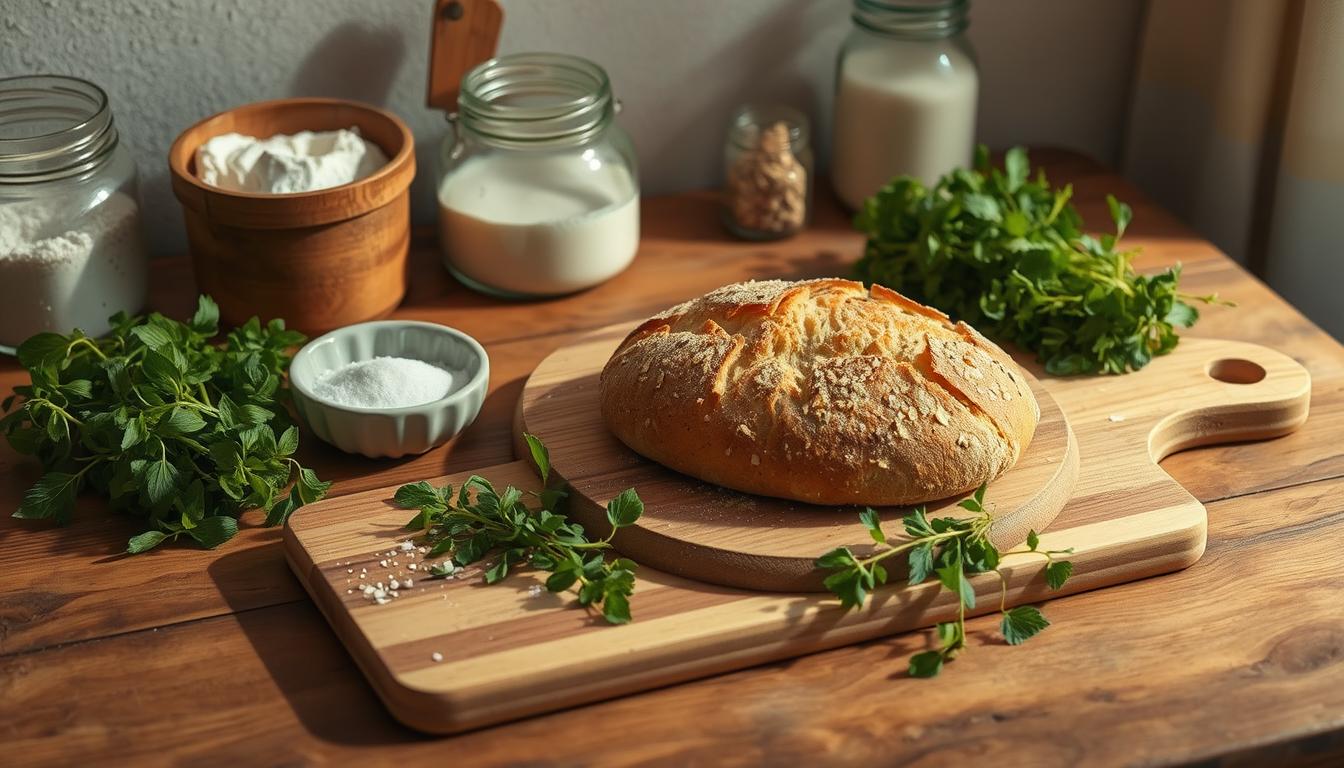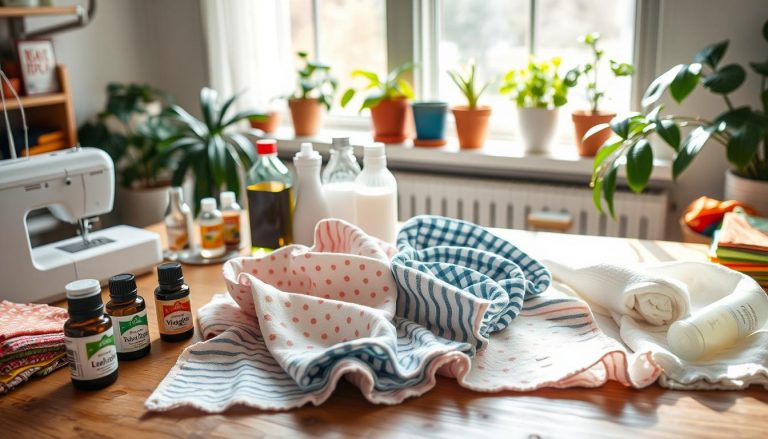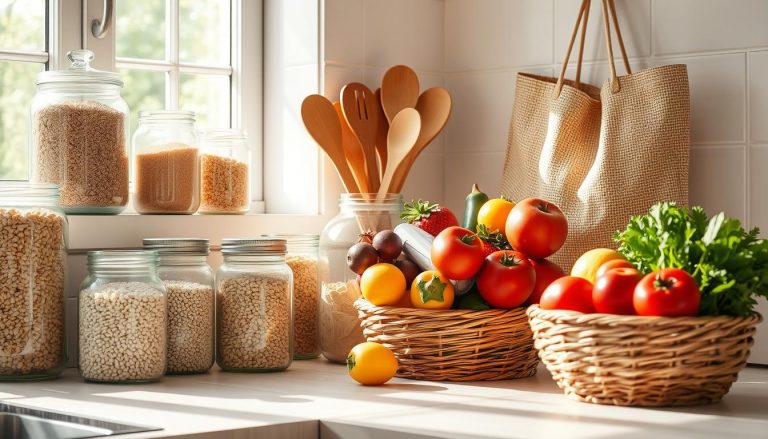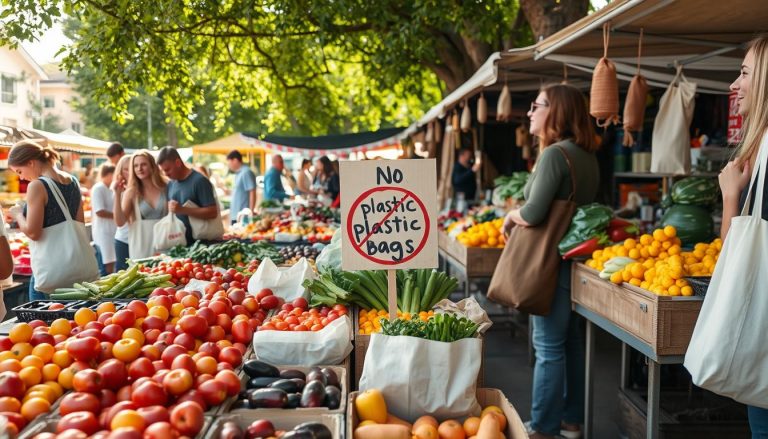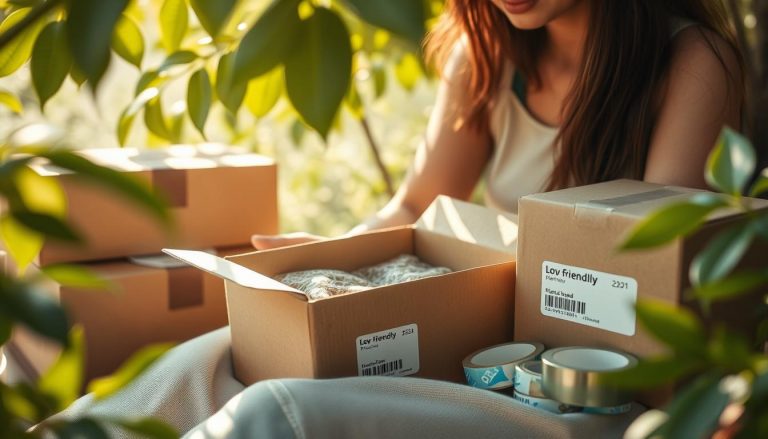Simple Bread Recipe: Low waste living
Welcome to a journey that combines the pleasure of baking with the principles of sustainable living. In this article, we will explore a simple bread recipe that not only satisfies your cravings but also aligns with the ethos of eco-friendly baking. Embracing low waste cooking is an excellent step towards reducing our environmental footprint, and what better way to do this than by making homemade bread from scratch?
As we delve into the joys of baking, you’ll discover how this simple bread recipe can help you manage food waste and enhance your connection to the ingredients you use. Together, let’s foster eco-conscious habits in our kitchens one loaf at a time.
Introduction to Eco-Friendly Baking
Baking is not only a delightful activity but can also support a low waste living approach. Understanding how eco-friendly practices can be integrated into this process makes a significant difference. Learning about the concept of low waste living, the numerous benefits of baking your own bread, and the importance of simple recipes encourages a shift toward a more sustainable lifestyle.
What is Low Waste Living?
Low waste living is a commitment to reducing waste generated from daily activities. This approach promotes sustainable practices by prioritizing the use of reusable materials, efficient resource management, and reducing dependency on single-use products. Adopting this eco-friendly lifestyle requires a focus on local produce and mindful cooking habits. By being aware of food and packaging waste, individuals can make informed decisions that greatly impact the environment.
The Benefits of Baking Your Own Bread
Baking your own bread offers several advantages. One of the most notable is having better control over ingredients, leading to healthier choices. Homemade bread typically contains fewer preservatives than commercial varieties. Additionally, the opportunity to customize flavors presents homemade bread advantages that commercial products can’t match. Engaging in the act of baking also has therapeutic effects. Studies suggest that hands-on cooking activities can reduce stress while improving overall well-being. Embracing the benefits of baking bread transforms not just dietary habits but also mental health.
Why Choose Simple Recipes?
Simple bread recipes cater to both beginners and seasoned bakers, making them perfect for anyone interested in easy baking. These recipes typically involve fewer ingredients and straightforward techniques, promoting accessibility in the kitchen. Simple approaches reduce the likelihood of food waste since they encourage the use of basic pantry staples. Choosing these recipes aligns seamlessly with a low waste lifestyle while allowing more people to enjoy delicious homemade bread without feeling overwhelmed.
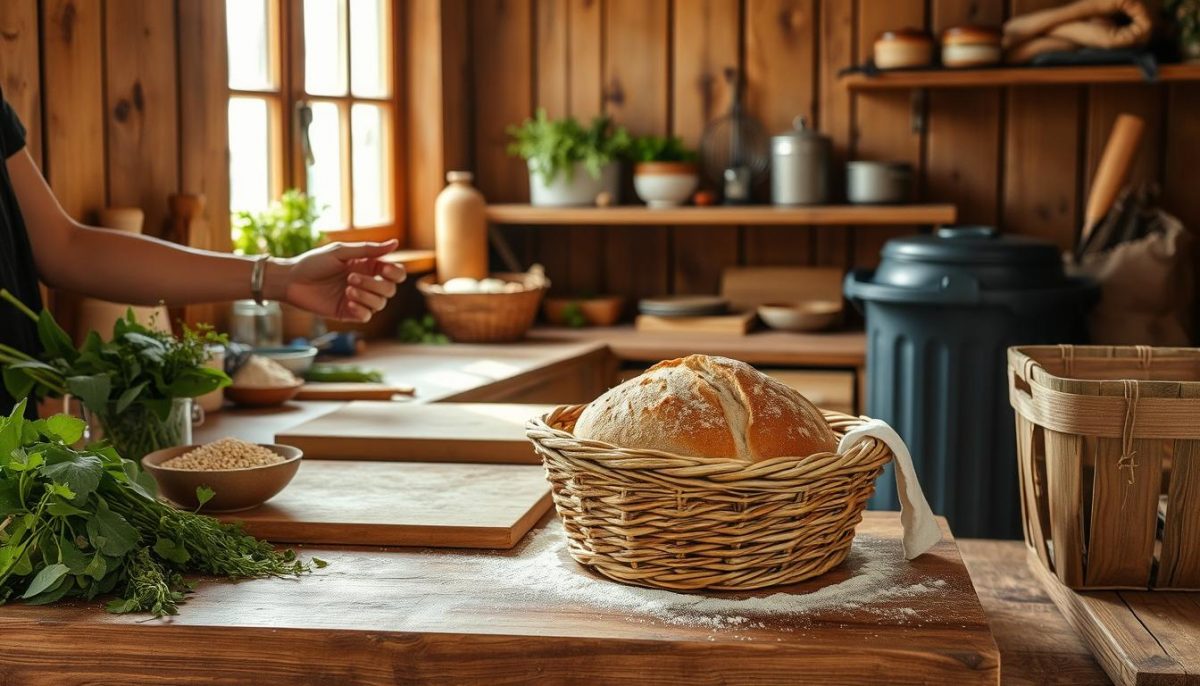
Simple Bread Recipe: Low waste living
Baking your own bread offers an excellent opportunity to practice sustainable ingredient sourcing while minimizing waste. By carefully selecting your ingredients and following straightforward baking instructions, you can embrace eco-friendly baking that benefits both your health and the environment. This section will guide you through gathering minimal waste ingredients, provide a clear step-by-step guide to the bread-making process, and offer effective storage tips for preserving homemade bread.
Gathering Ingredients with Minimal Waste
Choosing local produce is an essential aspect of sustainable ingredient sourcing. Visit farmers’ markets or community-supported agriculture (CSA) programs to find fresh ingredients with minimal packaging. Look for bulk options, allowing you to refill reusable containers instead of relying on single-use plastics. Whenever possible, choose organic ingredients to support sustainable farming practices, emphasizing waste reduction while enjoying high-quality components for your easy homemade bread recipe.
Step-by-Step Guide to Making Bread
This simple bread-making process utilizes basic ingredients, ensuring accessibility for bakers at any skill level. Follow these baking instructions to craft a delicious loaf:
- Gather your ingredients: flour, water, yeast, and salt.
- Combine the dry ingredients in a bowl and mix well.
- Gradually add water, stirring until a dough forms.
- Knead the dough on a floured surface for about 10 minutes until smooth.
- Place the dough in a greased bowl, cover with a cloth, and let it rise for 1-2 hours until doubled in size.
- Shape the risen dough into a loaf and place it in a greased pan.
- Let it rise again for 30 minutes before preheating your oven to 375°F.
- Bake for 30-35 minutes until golden brown. Allow to cool before slicing.
Storage Tips for Reduced Waste
Proper bread storage techniques are vital for maximizing freshness and minimizing waste. Use breathable materials such as cloth wraps or paper bags, steering clear of plastic to prevent moisture buildup and mold. If you have extra bread, learn efficient slicing and freezing methods to access portions when needed. Repurposing stale bread into breadcrumbs or croutons is another fantastic way to embrace waste reduction, ensuring you enjoy every part of your homemade creation.
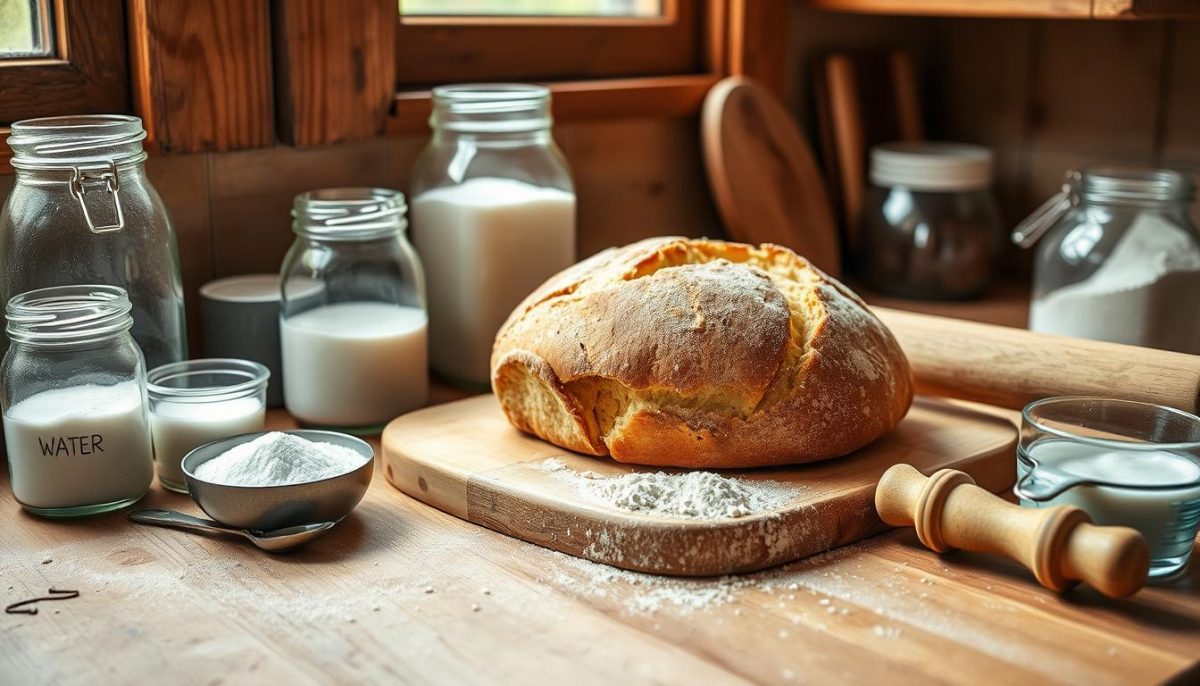
Enhancing Your Baking Experience
To truly improve your baking skills, investing in quality baking accessories can make a significant difference. Tools like accurate measuring cups, a reliable kitchen scale, and sturdy baking pans are essential for achieving consistent results. These investments not only streamline the process but also boost your confidence when trying out new recipes or making adjustments to existing ones.
Experimenting with flavor enhancements will elevate your bread-making experience while staying true to low waste principles. Incorporate fresh herbs, aromatic spices, or nutritious add-ins such as nuts and seeds to add depth and personality to your creations. These unique flavor combinations not only delight the palate but also encourage creativity, transforming simple bread recipes into culinary masterpieces.
Understanding the science behind baking can empower you to troubleshoot any issues that arise during your baking adventures. As you become more familiar with how ingredients interact, you’ll find it easier to innovate and make modifications to your recipes. By adopting this approach, you’re not just baking bread; you’re enhancing the overall experience while embracing the joys of low waste living.

